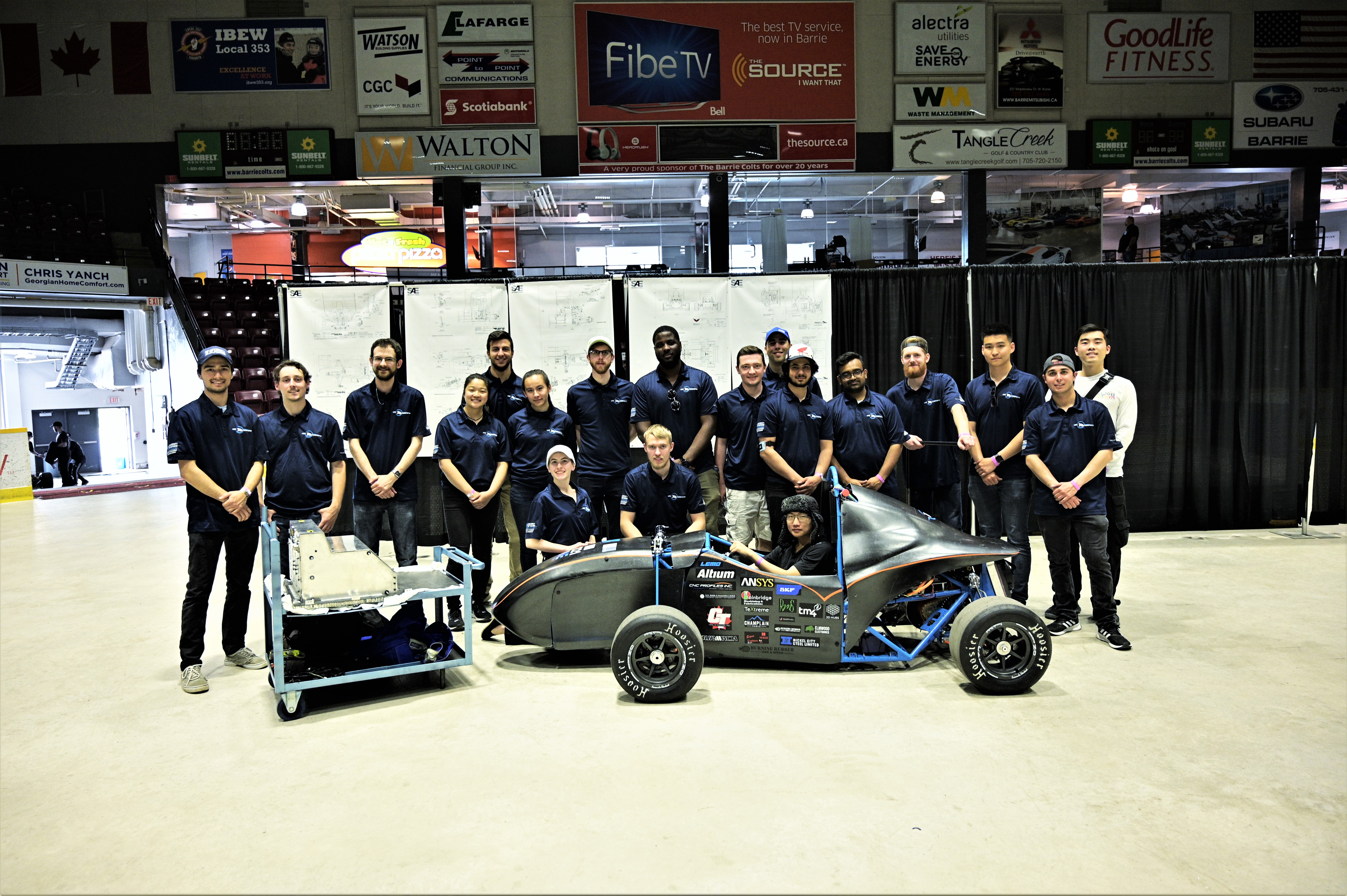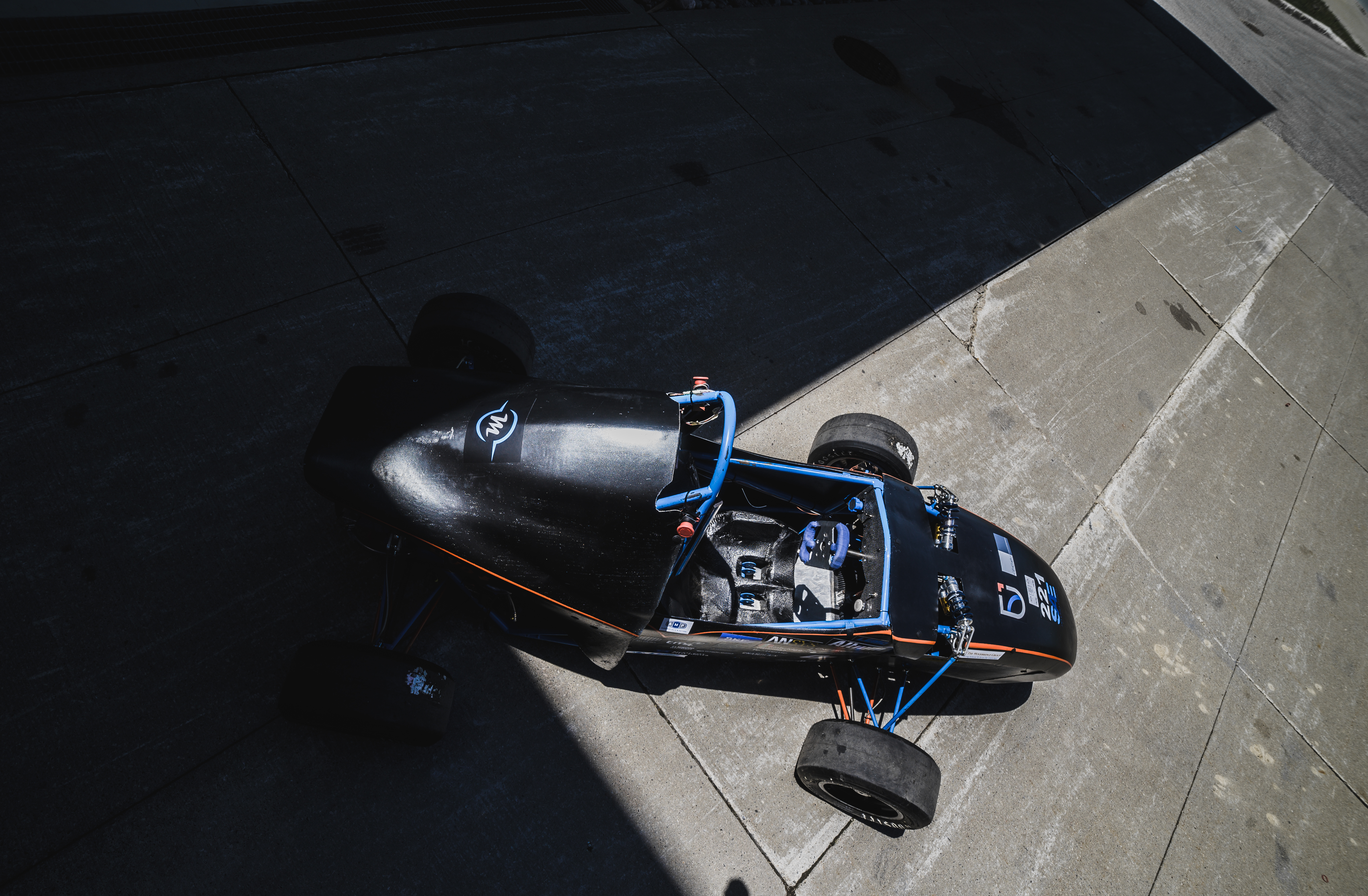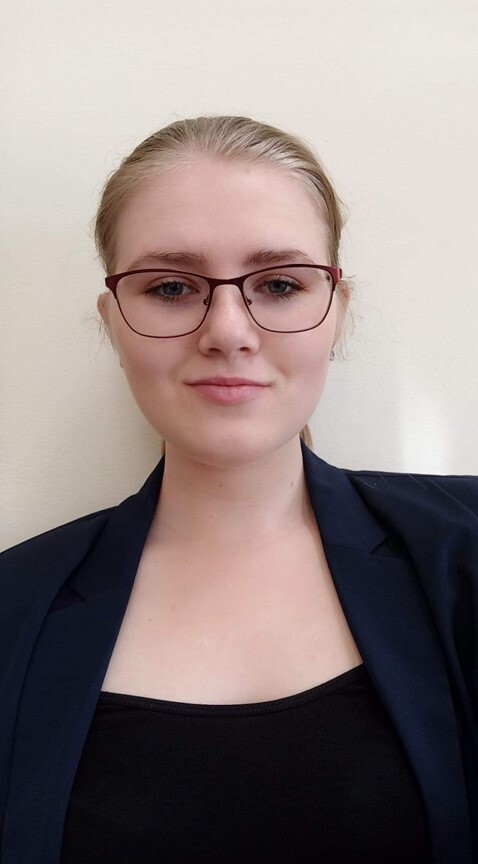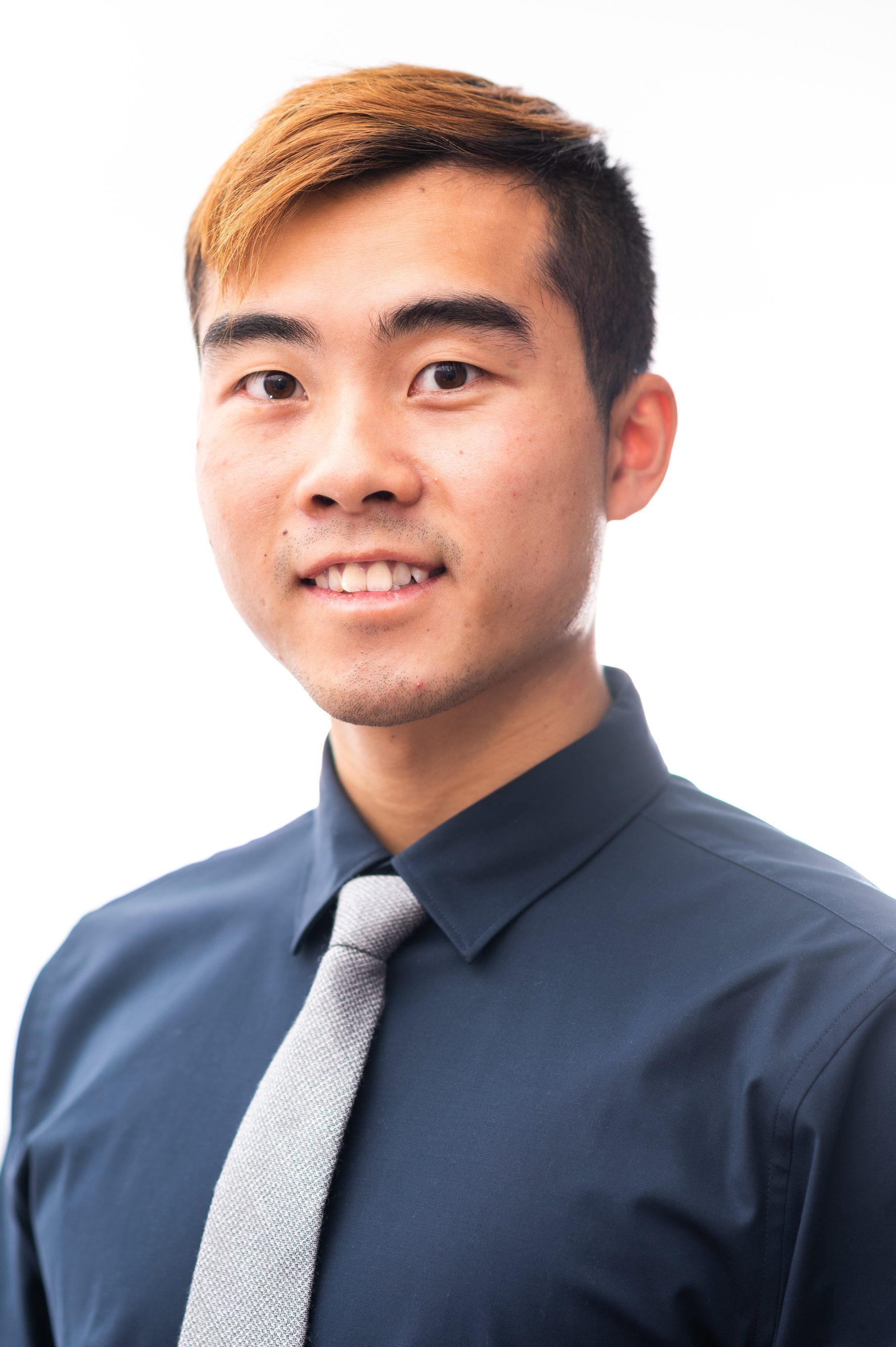Ontario Tech Racing
Team History
Ontario Tech Racing is a Formula SAE Electric team out of Ontario Tech University. They are driven to push experiential learning by challenging students to design, manufacture and race an electric FSAE vehicle. The student-led team was founded by a few ambitious individuals with a huge passion for automotive technology back in 2016. This team has since grown to house over forty members and has developed into an organization with levels of management. Utilizing many operational management techniques to push deliverables forward. Ontario Tech Racing consists of multiple departments which focus on designing and producing the ideal electric powertrain, vehicle dynamics, and telemetry systems. These are important in ensuring the vehicle and driver are tuned together. The team works hard throughout the year to ultimately achieve a well-designed, high-performance electric FSAE vehicle which will be raced in competition through numerous events and is evaluated against all other electric FSAE teams across North America.
In 2019, after three years of laying the team’s foundation, designing the initial vehicle iteration, and manufacturing and assembling all components, OTR entered Formula North in Barrie, Ontario with a select few of its members. Though the vehicle was not entirely ruled compliant at the time, the team’s members used this opportunity to speak with industry experts to gain further insight and advice regarding the development and testing cycles for vehicle systems. One of the biggest pieces of advice given to this newly developed team was to ensure that they are making their future design decisions and improvements based on the collection of static and dynamic vehicle data. These evidence-based decisions would ensure that cohesive and balanced vehicle systems are achieved and would allow space for few targeted innovative advancements in a season.

Team Organization and Operation
The Ontario Tech Racing team is organized into three levels: directors, department leads, and general members. The directors oversee all department leads, helping them where they see fit, guide them in making important decisions, and ensuring that the entire car is built on time. Each department lead is a specialist in their respective departments and is responsible for ensuring a proper delivery date. The general members consist of the largest group of team members. They report to the department leads, and thus the directors, and aid with the completion of the many tasks required to construct the vehicle. Overall, all 3 levels are dependent on each other and work in tangent to lead to the successful construction and operation of the vehicle.
Current Strategy
As a relatively new team, our focus is primarily on building a car that can complete each portion of the competition. WIthout previous vehicles to base designs from, all decisions are made from scratch. With limited test data, the team is primarily focusing on making a safe and reliable vehicle. From what they have noticed in the past competitions, other teams have shared the same struggle and most FSAE electric teams do not make it out of the technical inspection phase. At times, simply having a car that passes technical inspection and completes both the auto cross and endurance events can lead to a quick place in the top 5. While the ultimate goal is to win the competition by having the quickest car, they are currently focusing on winning with a reliable car.
Covid-19 Effects
Like other organizations, we have not been immune to the structural changes that Covid-19 has brought about. In a normal year, our team would operate out of two rooms in the Automotive Center of Excellence (ACE) building on our campus. This year, however, limited access to this space was given. The University’s restrictions during the pandemic, although necessary, meant the loss of access to tools, the workspace, and meant the halt of physical work on the car. While we retained sponsors, there were many delays in manufacturing and machining the parts we required. Our team continued to finalize our designs for the 2020 year, hoping the whole situation would blow over quickly. However, as spring turned to summer, we realized that the pandemic was not going anywhere soon.
Communicating online and not being able to be there in the workplace was a large learning curve for our team. At times when we knew little progress could be made until restrictions were lifted, we attempted to maintain a high level of team spirit through different team bonding activities and game nights. Otherwise, we prepared and planned all that needed to be done extensively so that when the wait was over, we wouldn’t need to wait any longer. Now, most of our parts are finalized and ready to be manufactured. During our extensive planning, we also diverted manpower to our future development goals. While we knew that in the meanwhile reliability was our goal, we investigated ways we could improve current designs and implement fresher techniques and stay ahead of the race.
In the midst of all our preparation for the upcoming year, our team was presented with a unique opportunity for a hosted virtual competition, run by VI-Grade. They granted us use of their vehicle dynamics software for free, which allowed us to simulate vehicle performance, lap time, suspension, and efficiency. This allowed us to learn more about their software, which provided statistical insight to a high degree of accuracy, and our vehicle. Using the results we obtained, we were able to observe the variations in design and test for various other set-ups, both of which helped us optimize our current suspension design in ways we hadn’t thought of.
Although the past year and a half has been a long journey, our team has come out of it stronger than ever. Not only have we managed to prepare ourselves extensively for the upcoming year, but we’ve also managed to develop plans for improvements that reach far beyond our current goals. We’re ready to assemble and test our vehicle, and ultimately observe how well our designs hold up to our expectations. Although we understand that none of our designs will be perfect the first time, it is seeing them come together and finding ways to improve them that allows us to grow as a true motorsports team.

Author Biographies
 |
Kerri Reynolds is a Mechatronics Engineering student at Ontario Tech University, now approaching her 4th year of study. She has been a member of the OTR team for about a year, assisting with the Sponsorship and Finance Department and recently being promoted to its lead. She is currently taking the year to work as an intern for a Canadian manufacturing company and hopes to apply her new knowledge to the team. |
 |
Sheng Chen is a 3rd-year mechanical engineering student and has been a member of Ontario Tech Racing since its inception in 2016. He has been part of various departments through the years from Driver Interface to currently the Aerodynamics and Cooling department. He is currently wrapping up his final few months as the Quality Engineering Intern at BMW as well. |
About the Newsletter
Editors-in-Chief

Jin-Woo Ahn
Co-Editor-in-Chief

Sheldon Williamson
Co-Editor-in-Chief
TEC Call for Articles 2023 - Advances in Charging Systems
The TEC eNewsletter is now being indexed by Google Scholar and peer-reviewed articles are being submitted to IEEE Xplore.
To submit an article click here.


